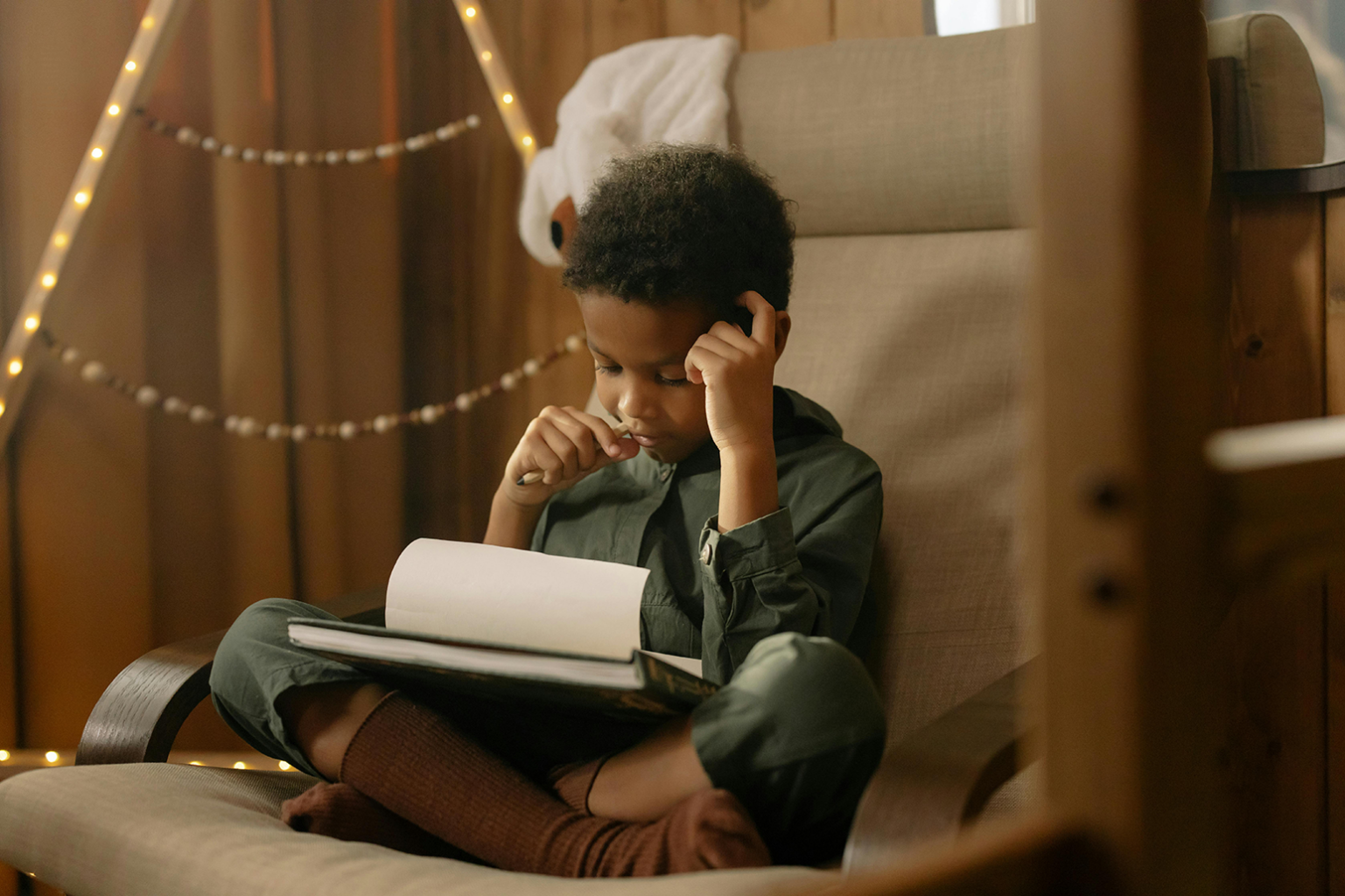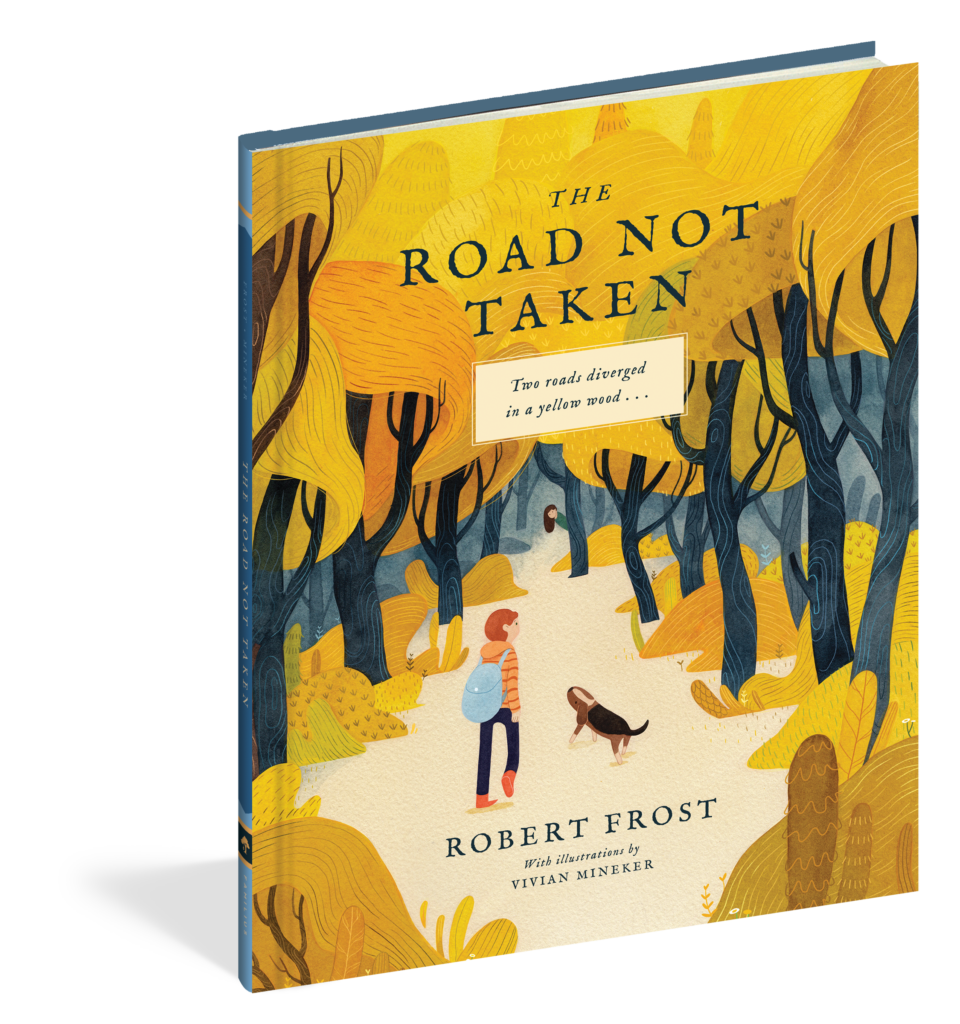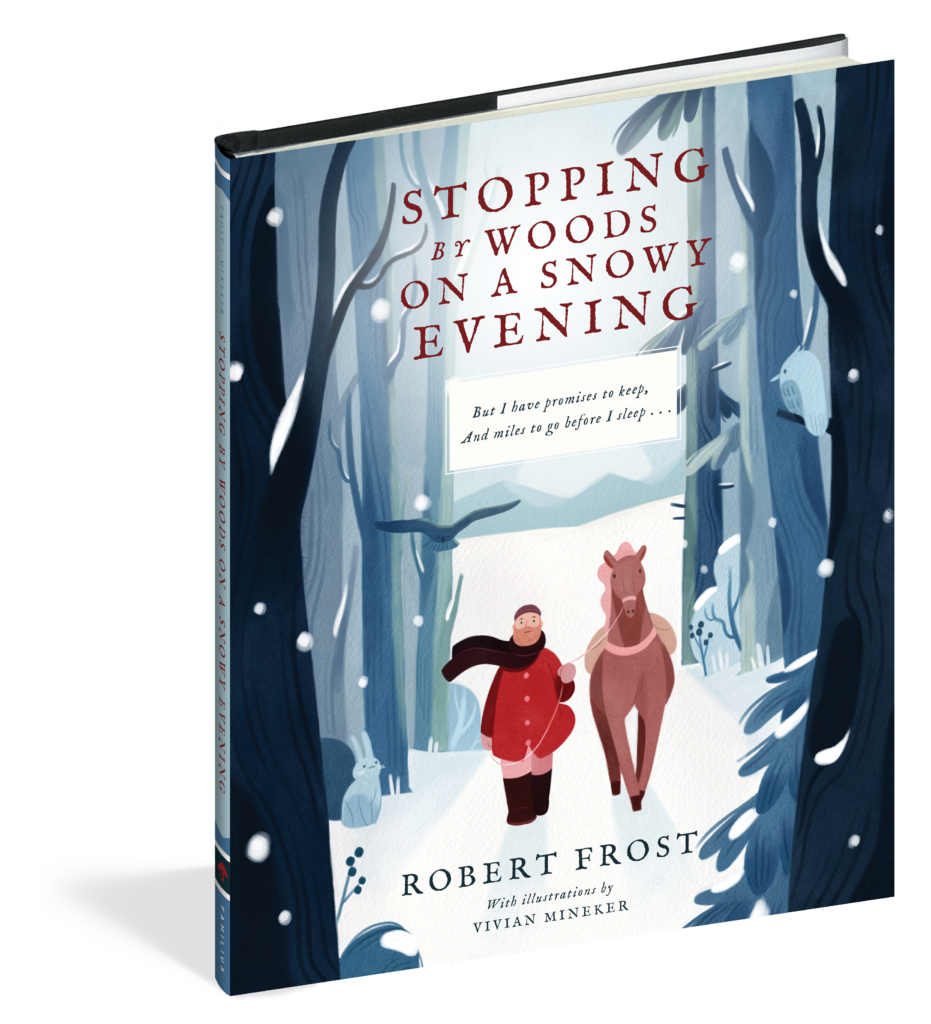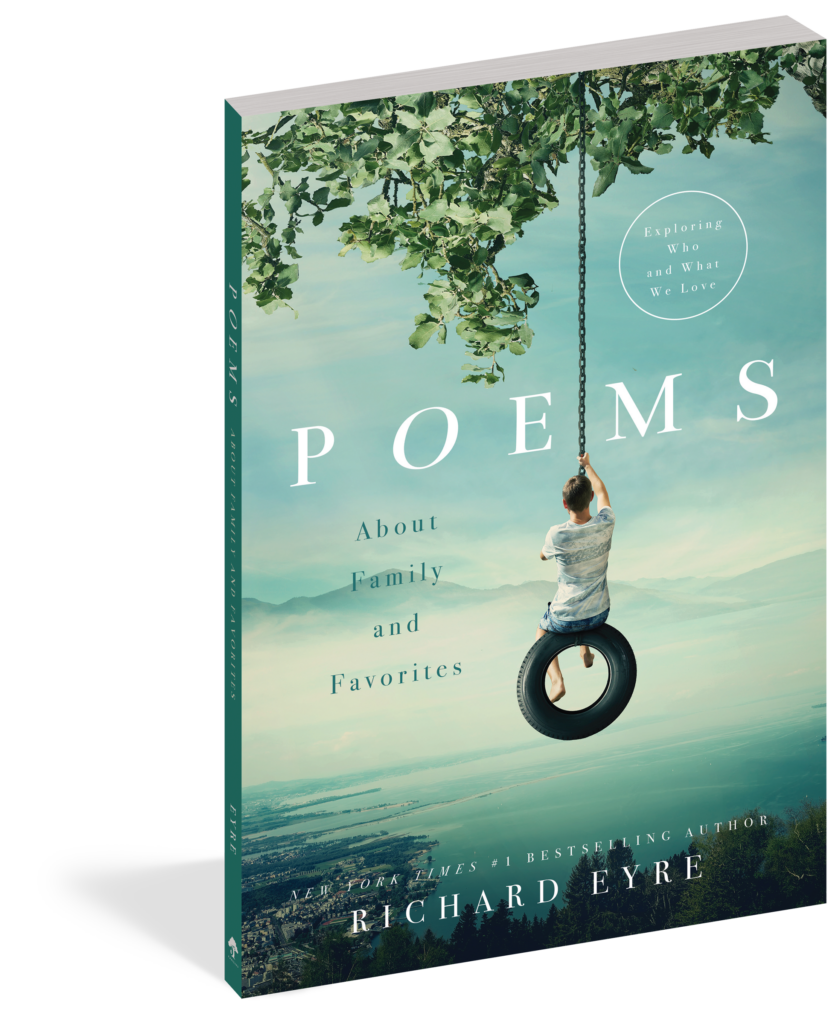
12 Literary Devices to Help Kids Read and Love Poetry
Teach your child to read and love poetry with these twelve literary devices. Then nothing, not Robert Frost or Shakespeare, will trip them up.
Introducing children to poetry can be an enriching experience that helps develop their language skills, writing, and creativity. But poetry, with all of its literary brilliance and complexity, can be especially difficult for kids to understand. So here are some fundamental literary devices that children can learn to help them read and appreciate poetry:
Pro Tip: Poetry is meant to be heard as well as seen. Be sure to read poems out loud with your kids, guiding them through the structure, literary devices, and themes. But most importantly, make it fun!
1. Rhyme
You could say that rhyme is the identifying literary device for poetry. So it’s never a bad idea to start here. Recognizing rhymes, the repetition of similar sounds, usually at the end of lines in poetry, helps children appreciate the musical quality of poetry and better understand sounds.
2. Rhythm/Meter
Although a bit advanced, rhythm and meter is a great introduction to syllables and tone of voice. Understanding the pattern of stressed and unstressed syllables not only helps children read poetry aloud with the appropriate flow and emphasis but also helps kids decode, encode, and comprehend what they hear and read.
3. Spacing, Line Breaks, and Punctuation
Poetry is not the best place to learn the proper rules of punctuation and sentence structure. However, poetry is inherently an emotional, feeling-based form of literature. This is the perfect way to teach kids about the meaning of different punctuation marks—or lack thereof—and how structure and space can change the feeling. Learning emotional writing will make your kids better, more creative writers in the future.
4. Imagery
Imagery is another literary device that plays a large part in making poetry so poignant. Vivid descriptions that appeal to the senses, such as sight, sound, taste, touch, and smell, help children visualize and connect with the ideas and emotions conveyed in a poem. Noticing these moments of connection will help your child more intentionally understand poems.
5. Simile
Similes, the comparison between two unlike things using “like” or “as,” are one of the most used literary devices, both in and out of poetry. For example, “as brave as a lion” or “as tall as a tree.” Learning to identify similes helps children understand figurative language and imagery in poetry, and in their daily lives.
6. Metaphor
Metaphors probably tie with similes for the most used literary device, but they are also often confused with similes. A metaphor is a direct comparison between two unlike things without using “like” or “as.” For example, “the world is a stage.” Metaphors can be more challenging for children to grasp but are important for understanding symbolism and deeper meanings in poetry.
7. Hyperbole
Hyperbole is an exaggerated statement or claim that is not meant to be taken literally. For example, in the line “I’m so hungry I could eat a horse,” the speaker is not actually going to eat a horse. It’s used to emphasize a point, create humor, or make a vivid impression. Hyperbole adds excitement and exaggeration to poetry, making it more engaging and entertaining for young readers.
8. Personification
A personal favorite, personification is the act of giving human qualities to non-human objects or ideas. For example, “the wind whispered through the trees.” Personification helps children see how poets bring life and emotion to their subjects.
9. Alliteration
Sentences that use alliteration are some of the most satisfying, but many people won’t even notice. Alliteration is the repetition of initial consonant sounds in neighboring words or syllables. For example, “Peter Piper picked a peck of pickled peppers,” but not all instances are so extreme. You could also call it alliteration if you repeat the initial consonant sounds in a list, like “I went to the grocery store for salsa, soda, and silence.” Alliteration adds rhythm and musicality to poetry and can be fun for children to recognize and experiment with.
10. Onomatopoeia
You might have heard the saying, “Onomatopoeia, wouldn’t want to be ‘ya!” The implication being that onomatopoeia is exactly what it sounds like: words that imitate the sound they represent. For example, “buzz,” “hiss,” or “clang.” Onomatopoeia helps children engage their senses and develop their speech, and it adds vividness to poetry.
11. Repetition
Your kids will probably love this one, but you won’t when you’ve heard one word a hundred times. Even still, such repetition has its purpose. The repeating of words, phrases, or lines in a poem can emphasize key ideas, create rhythm, and evoke emotion in poetry.
12. Symbolism
Understanding the meaning of poetry is the goal, and symbolism is the best literary device for that. Just like its name means, symbolism is the use of objects, characters, or settings to represent abstract ideas or concepts. Some classic examples would be the sun for happiness, storm clouds for sadness or challenges, flowers for rebirth or growth. Understanding symbolism encourages children to look beyond the literal meaning of words and explore deeper layers of meaning in poetry.
Teach Literary Devices with These Poems

The Road Not Taken

Stopping By Woods on a Snowy Evening

Poems: About Family and Favorites
Shaelyn Topolovec earned a BA in editing and publishing from BYU, worked on several online publications, and joined the Familius family. Shae is currently an editor and copywriter who lives in California’s Central Valley.
